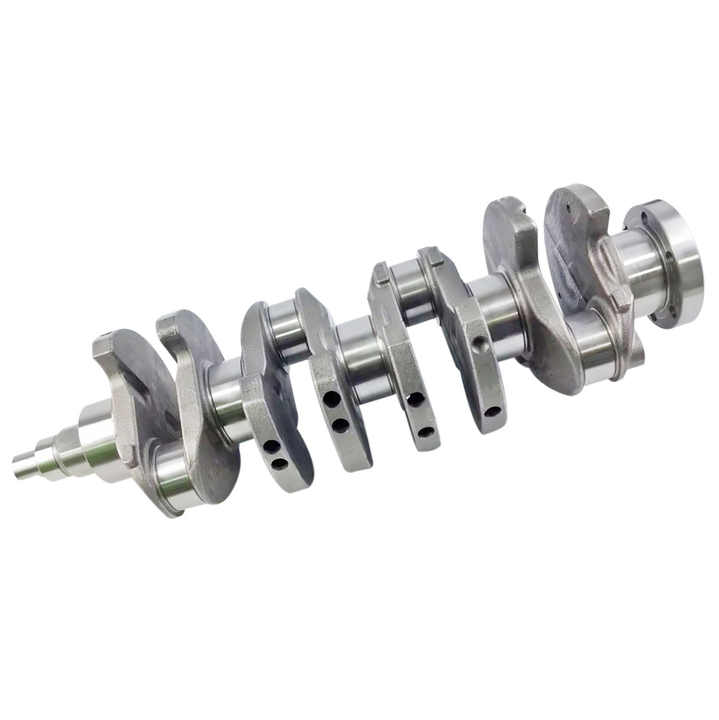The Challenges of High-RPM Engines
Have you ever wondered why some engines can rev up to the stratosphere while others struggle to break the 6,000 RPM mark? The answer lies in the crankshaft dynamics, specifically, managing flex and harmonics.
Understanding Crankshaft Flex
As it turns out, crankshaft flex is the bending and twisting that occurs under high loads and RPMs. This flex can lead to inaccurate piston positioning, reduced power output, and increased engine wear. To combat this issue, engineers use various design techniques, materials, and manufacturing processes.
Design Considerations for Reducing Crankshaft Flex
When designing a crankshaft for high-RPM applications, there are several factors to consider:
The Importance of Material Selection
In my experience, selecting the right material is crucial in managing crankshaft flex. Forged steel, for example, is incredibly strong and durable, making it an excellent choice for high-performance engines. On the other hand, billet aluminum offers superior weight savings and can still provide adequate stiffness for many applications.
Addressing Crankshaft Harmonics
Now that we've covered flex, let's talk about harmonics. Crankshaft harmonics are vibrations caused by the natural frequencies of the crankshaft and its components. These vibrations can lead to increased noise, reduced engine life, and even catastrophic failure.
Solutions for Controlling Harmonics
To mitigate harmonics, engineers employ various techniques:
- Dampers: Harmonic dampers absorb vibrations, reducing the overall impact on the engine.
- Dynamic balancing: Properly balancing the crankshaft and its components ensures that the forces acting on them are evenly distributed, minimizing vibrations.
- Stiffening the engine structure: Reinforcing the engine block and other supporting components can help dampen vibrations and reduce harmonics.
Practical Applications and Recommendations
Here are some actionable tips for managing crankshaft flex and harmonics in your high-RPM engine:
- Consult with an experienced engine builder or designer to ensure your crankshaft design is optimized for your specific application.
- Invest in high-quality materials for your crankshaft, such as forged steel or billet aluminum.
- Install a harmonic damper to reduce engine vibrations and protect your crankshaft from harmonics-related damage.
- Regularly inspect and maintain your engine, paying close attention to signs of excessive wear or vibration.
In Conclusion
Managing crankshaft flex and harmonics is crucial for building reliable and high-performing engines. By understanding the challenges and implementing the solutions outlined in this article, you'll be well on your way to mastering the art of crankshaft dynamics in high-RPM applications.
So, what are you waiting for? It's time to roll up your sleeves and start optimizing your engine for the ultimate performance!




